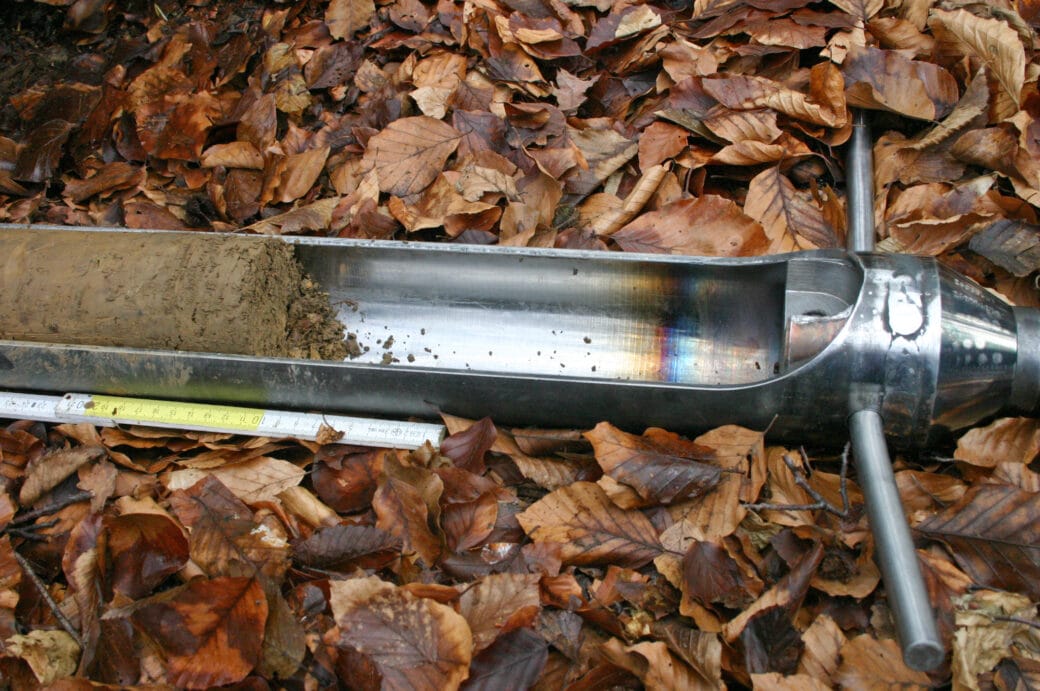Exploring a cradle of multi-resistant bacteria – antibiotic resistance in soil and its link to different land use types and intensities
Human pathogenic bacteria resistant to multiple classes of antibiotics pose risks to public health and are considered as one of the major global challenges within the 21st century. Some of the antibiotic resistance genes carried by these bacteria have been traced to soil origins and can potentially spread via e.g., groundwater or wildlife. In this project, the dynamics of soil’s antibiotic resistance pool will be analyzed along a wide array of land use types and intensities within the three Biodiversity Exploratories.

- To explore changes in antibiotic resistance gene abundance level associated with different land use practices and intensities..
- To investigate land use-induced changes in community profiles of antibiotic-resistant soil bacteria.
- Identification of land use-specific shifts in quantity and diversity of plasmids potentially allowing spread of antibiotic resistance.
- To discover antibiotic resistance genes and mechanisms in soils derived from hardly as well as intensively managed forest and grassland.
- Intensive land use in grassland, including organic fertilizer application and grazing, evokes elevated antibiotic resistance gene abundance levels in soil ecosystems.
- Forests and grasslands in all three Biodiversity Exploratories harbor soil bacteria resistant to multiple classes of antibiotics, but the abundance and diversity of these microorganisms show land use-specific shifts.
- The abundance of IncP-1 plasmids, contributing to spread of antibiotic resistance in soil ecosystems, is positively correlated with the grassland land use index (LUI).
- Genes encoding resistance to veterinary antibiotics are more diverse in intensively than in hardly managed grasslands.
To provide robust assessment of land use impacts on antibiotic resistance gene abundance levels, real-time quantitative PCR-based analysis of soil DNA derived from all grassland EPs and forest VIPs will be carried out. Land use-induced changes in community profiles of antibiotic-resistant soil bacteria are deciphered within a microcosm experiment, including assessment and quantification of bacterial community dynamics. Overall diversity of antibiotic resistance gene-harboring circular plasmids will be estimated by applying a long-read sequencing approach.
Moreover, function-based screening of previously constructed soil metagenomic libraries will be performed, to discover differences in richness of antibiotic resistance genes and mechanisms associated with land use intensity.









